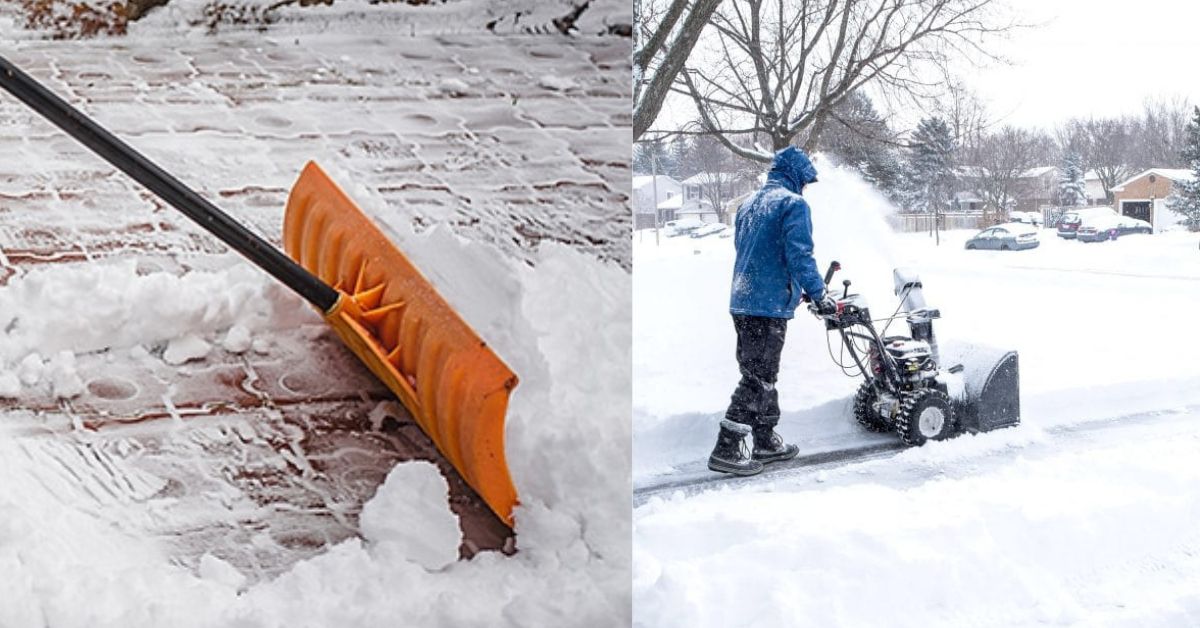Health of Snow Cleaning Workers
Snow clearing is a physically demanding job, subjecting workers to cold temperatures, wet conditions, and repetitive motions. These challenges can lead to various health problems, including hypothermia, frostbite, muscle strains, and back pain. To ensure the well-being of snow clearing workers, employers and employees alike can take proactive measures. Here are key tips for both groups:
For Employers
Comprehensive Training
Provide workers with thorough training on snow clearing safety and ergonomics. Topics should encompass appropriate cold weather attire, safe lifting techniques, and how to prevent repetitive motion injuries.
Personal Protective Equipment (PPE)
Supply workers with necessary PPE, including warm clothing, insulated boots, quality gloves, and protective goggles to shield them from the elements.
Shift Scheduling
Organize snow clearing work to minimize the duration workers spend in cold conditions. This may involve breaking tasks into shorter shifts or rotating employees across different roles.
Regular Breaks
Ensure workers have opportunities to warm up and rest. In cold weather, it’s essential for workers to take breaks at least every 30 minutes.
Health Monitoring
Keep an eye on workers for signs of cold stress and other health issues. If any worker exhibits symptoms like shivering, confusion, or slurred speech, promptly relocate them to a warm area and provide immediate medical attention.

For Workers
Proper Dressing
Wear warm clothing and suitable PPE, including a hat, scarf, gloves, insulated socks, waterproof boots, and a protective jacket and pants.
Frequent Breaks
Take regular breaks to warm up and rejuvenate. Every 30 minutes, step out of the cold to warm your hands, feet, and core temperature. Schedule a more extended break for lunch and consume warm fluids.
Safe Lifting
Adopt the practice of lifting with your legs, not your back. This technique significantly reduces the risk of back injuries.
Variation in Movements
Avoid repetitive motions. If you find yourself performing the same task repeatedly, take periodic breaks to stretch and change positions.
Self-awareness
Stay alert to signs of cold stress and other health concerns. If you experience sensations of extreme cold, fatigue, or dizziness, halt your work and move to a warm area.
By adhering to these guidelines, both employers and workers can foster improved health and safety among snow clearing workers, making their jobs not only safer but also more enjoyable.
Additional Tips for Maintaining Health While Snow Clearing:
Balanced Diet and Adequate Rest
Consume a nutritious diet and get sufficient rest to boost energy levels and enhance the immune system.
Stay Hydrated
Drink plenty of fluids, particularly water and warm beverages, to remain properly hydrated.
Avoid Caffeine and Alcohol
Steer clear of caffeine and alcohol, as they can lead to dehydration and make individuals more susceptible to cold stress.
Be Vigilant
Stay mindful of your surroundings and watch for hazards, such as uneven surfaces and icy patches.
Underlying Health Conditions
If you have pre-existing health issues like heart disease, asthma, or diabetes, consult your doctor before engaging in snow clearing activities.
Adopting Healthy – Health of Snow Cleaning Workers, Health of Snow Cleaning Workers report

